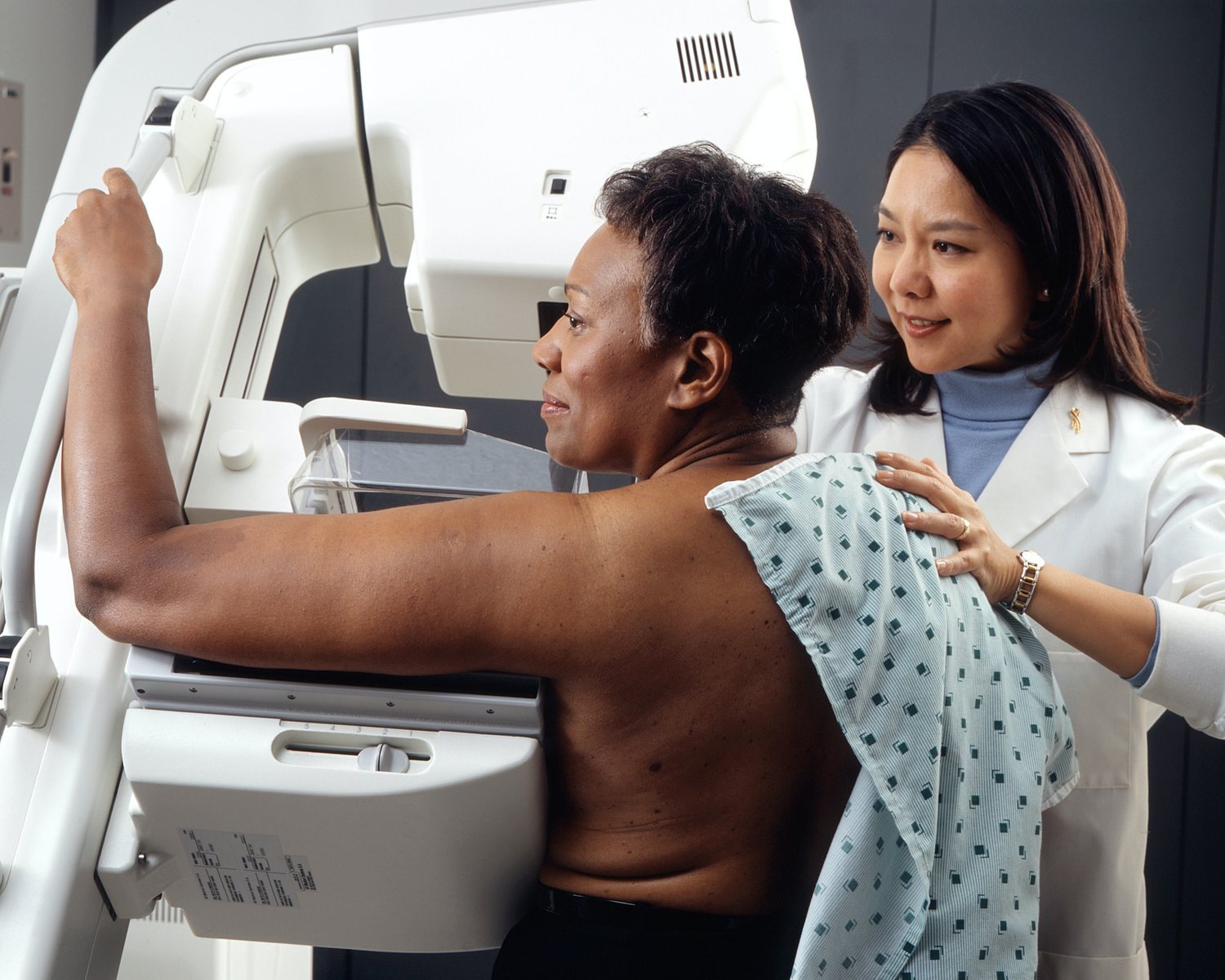
Utilize Carekore and Travelkore to access a range of health, safety, and convenience services, including the convenient payment of tourist taxes.
Monitor and manage your healthcare and services seamlessly through the Carekore Platform.
We place less emphasis on virtual consultations and also prioritize making in-person visits easy and accessible. Whether it's at a clinic, pharmacy, your home, office, or even your travel destination, we strive to simplify the process for you by using our digital platforms to connect you to what you need quickly
There are several advantages to allowing Doctors or other medical practitioners to see patients outside of the traditional clinic setting, such as at home, a hotel, or an office.
Here are some of the key benefits:
1. Convenience for patients: Seeing a doctor outside of the clinic can be more convenient for patients, particularly those with mobility issues, chronic illnesses, or limited access to transportation. It eliminates the need for them to travel to a clinic, wait in a crowded waiting room, and then return home. This convenience can lead to better compliance with medical appointments and improved healthcare outcomes.
2. Personalized and focused care: When doctors visit patients in their own environment, whether its their home, hotel, or office, they can gain valuable insights into the patients lifestyle, living conditions, and support systems. This context allows doctors to provide more personalized and focused care, taking into account the patients specific needs and circumstances. It can lead to a better understanding of the factors influencing a patients health and the development of tailored treatment plans.
3. Enhanced doctor-patient relationship: Home visits or visits to other non-clinical settings often promote a stronger doctor-patient relationship. Being in a familiar environment can make patients feel more comfortable, leading to increased trust and better communication. Patients may also be more open about their symptoms and concerns, leading to a more accurate diagnosis and appropriate treatment.
4. Observation of social determinants of health: Social determinants of health, such as housing conditions, access to nutritious food, and social support networks, significantly impact a persons well-being. By visiting patients outside of the clinic, doctors can directly observe these factors and address any potential barriers to health. This holistic approach can result in more comprehensive and effective healthcare.
5. Early detection and prevention: Home visits enable doctors to identify potential health risks or hazards that may go unnoticed in a clinic setting. For example, they can assess home safety, identify fall risks, or uncover environmental factors that may contribute to health problems. Detecting such issues early allows for timely interventions and preventive measures. 6. Reduced healthcare costs: In some cases, home visits or visits to non-clinical settings can reduce healthcare costs.
By providing proactive care, doctors can prevent complications, emergency room visits, or hospitalizations. Additionally, patients may require fewer follow-up visits or specialized services when their healthcare needs are addressed in a timely and personalized manner. It's important to note that not all medical conditions or situations can be addressed through visits outside of a clinic, and there are logistical and resource considerations to be taken into account. However, incorporating home visits or visits to alternative locations into healthcare practices can offer significant advantages in terms of patient satisfaction, quality of care, and health outcomes.
There are several advantages to allowing Doctors or other medical practitioners to see patients in a clinic rather than relying solely on virtual consultations.
Here are some of the key reasons:
1. Physical Examination: In a clinic setting, doctors can perform thorough physical examinations, which can provide valuable diagnostic information. They can observe the patient's physical appearance, assess vital signs, palpate areas of concern, and use specialized medical instruments for examination. These physical assessments are often crucial in making accurate diagnoses.
2. Hands-On Procedures: Certain medical procedures require direct physical interaction with the patient. For example, surgeries, vaccinations, biopsies, and wound care often necessitate in-person visits. Doctors can perform these procedures safely and effectively in a clinic environment, ensuring optimal patient care.
3. Face-to-Face Communication: In-person consultations facilitate direct, face-to-face communication between doctors and patients. This allows for better rapport building, improved understanding of patient concerns, and increased trust. Non-verbal cues, such as body language and facial expressions, can be better observed and interpreted, enhancing the overall quality of the doctor-patient interaction.
4. Immediate Emergency Care: In emergencies or situations requiring urgent medical attention, being physically present in a clinic enables doctors to provide immediate care. They can quickly assess the severity of the condition, stabilize the patient, and initiate necessary treatments promptly. In virtual consultations, there may be delays in accessing emergency services or carrying out critical interventions.
5. Access to Diagnostic Equipment: Medical clinics are equipped with various diagnostic tools and equipment, such as X-ray machines, ultrasound scanners, EKG/ECG devices, and laboratory facilities. These resources allow doctors to perform on-site investigations, obtain real-time results, and make informed decisions based on accurate data. Virtual consultations may lack access to such diagnostic capabilities.
6. Personalized Treatment Plans: Through direct patient interaction, doctors can better understand individual circumstances, preferences, and lifestyle factors that may influence treatment plans. In the clinic, doctors can have detailed discussions about treatment options, educate patients about their conditions, and tailor management strategies to meet specific patient needs effectively.
7. Enhanced Collaboration: In a clinic setting, doctors can easily collaborate with other healthcare professionals, such as nurses, specialists, or therapists, who may be present on-site. This collaboration facilitates multidisciplinary care, coordination of treatments, and efficient communication among the care team, ultimately leading to improved patient outcomes.
While virtual consultations have their own benefits, such as convenience and accessibility, in-person clinic visits offer distinct advantages when it comes to physical examination, hands-on procedures, immediate care, and comprehensive patient management. It is often a combination of both approaches that can provide the most effective and well-rounded healthcare experience for patients.


